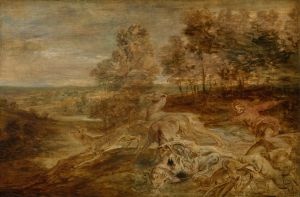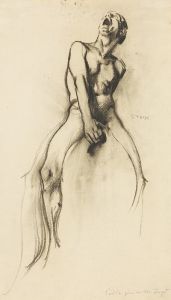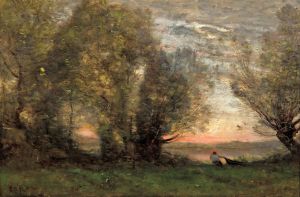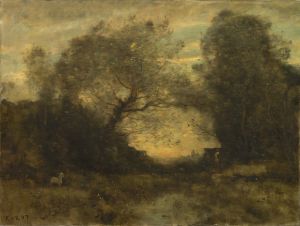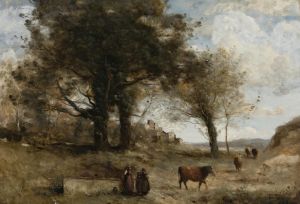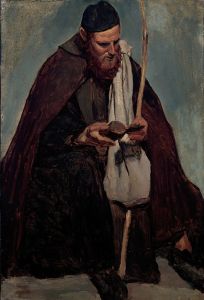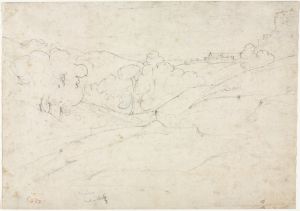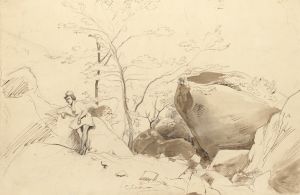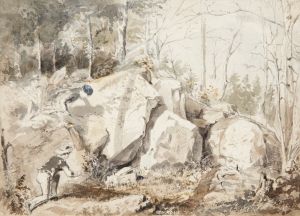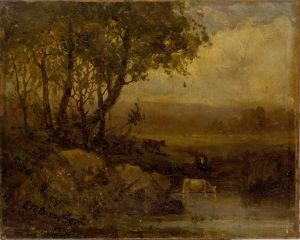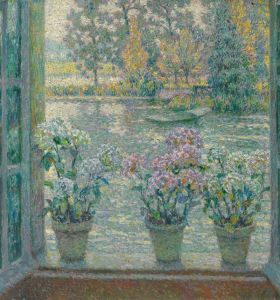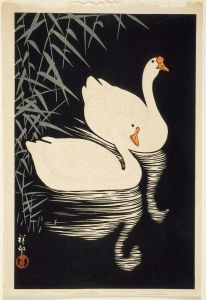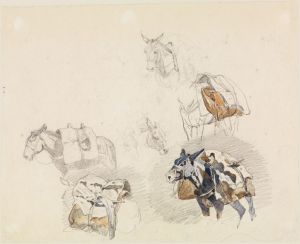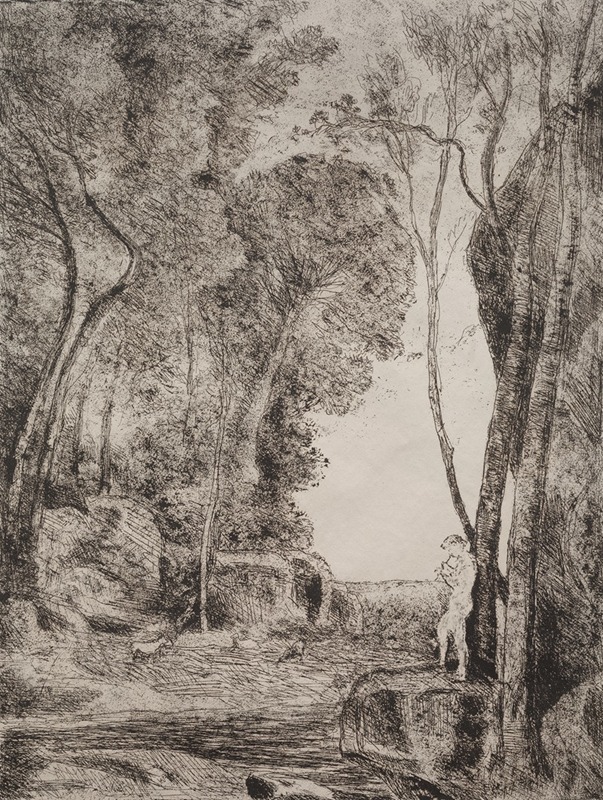
The Little Shepherd
A hand-painted replica of Jean-Baptiste-Camille Corot’s masterpiece The Little Shepherd, meticulously crafted by professional artists to capture the true essence of the original. Each piece is created with museum-quality canvas and rare mineral pigments, carefully painted by experienced artists with delicate brushstrokes and rich, layered colors to perfectly recreate the texture of the original artwork. Unlike machine-printed reproductions, this hand-painted version brings the painting to life, infused with the artist’s emotions and skill in every stroke. Whether for personal collection or home decoration, it instantly elevates the artistic atmosphere of any space.
"The Little Shepherd" is a painting by the French artist Jean-Baptiste-Camille Corot, who is widely recognized for his contributions to landscape painting and his role in bridging the Neoclassical tradition with the emerging Impressionist movement. Corot was born on July 16, 1796, in Paris, France, and he became one of the most influential painters of the 19th century. His works are celebrated for their poetic quality and masterful use of light and atmosphere.
"The Little Shepherd" is an exemplary piece that showcases Corot's skill in capturing the serene beauty of rural life. Painted in the mid-19th century, this work reflects Corot's deep appreciation for nature and his ability to convey a sense of tranquility and simplicity. The painting depicts a young shepherd, a common subject in Corot's oeuvre, set against a lush, verdant landscape.
In "The Little Shepherd," Corot employs a soft, muted palette that enhances the peaceful mood of the scene. The shepherd, dressed in humble attire, is positioned in the foreground, holding a staff and gazing thoughtfully into the distance. The surrounding landscape is rendered with Corot's characteristic attention to detail, featuring gently rolling hills, scattered trees, and a clear, expansive sky. The composition is balanced and harmonious, drawing the viewer's eye naturally across the canvas.
Corot's technique in this painting is notable for its delicate brushwork and subtle gradations of color. He often used a method known as "sfumato," which involves blending colors and tones to create a smoky, atmospheric effect. This technique is evident in the soft transitions between light and shadow in "The Little Shepherd," contributing to the overall sense of calm and introspection.
The painting also reflects Corot's interest in the human figure within the landscape. While primarily known for his landscapes, Corot frequently included figures in his works, often depicting them in a contemplative or pastoral context. In "The Little Shepherd," the figure of the young boy serves as a focal point, grounding the composition and adding a narrative element to the scene.
Corot's influence on subsequent generations of artists cannot be overstated. His approach to landscape painting, characterized by a lyrical and almost dreamlike quality, paved the way for the Impressionists, who admired his ability to capture the fleeting effects of light and atmosphere. Artists such as Claude Monet and Camille Pissarro were particularly inspired by Corot's work, and his legacy is evident in their own explorations of natural light and color.
"The Little Shepherd" is housed in the National Gallery of Art in Washington, D.C., where it continues to be admired by visitors for its serene beauty and masterful execution. The painting remains a testament to Corot's enduring legacy as a pioneer of modern landscape painting and a master of capturing the quiet, reflective moments of rural life.





